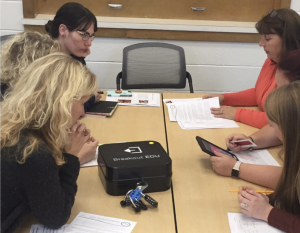As we engage in distance/remote/online/emergency learning Educators are being inundated with resources and tools to use in their virtual classrooms. It isn’t easy to decide which would be most effective and which ones are safe for teachers and students to use. There is no one size fits all answer to this but there are a few things that I do in order to narrow down my choices of whether or not to use a particular digital tool or resource:
- I search for tools that are designed by Canadian or better yet, Ontario Educators and where possible, data is housed in Canada.
- I look at whether or not the tool will still be free after the COVID crisis is over or whether it has always been a free tool. I honestly don’t mind paying for a tool from the outset but I don’t really like the whole free trial thing. I also don’t want to pay some kind of a monthly fee. One time price, please! I don’t want to love a tool so much while it is free and then have to pay for it when I go back into the classroom.
- I look at whether or not it is a one time fee or negative billing. I won’t give anyone my credit card to start a free trial for a tool.
- I search for tools that I know will be supported by my ICT department. Anything that wants access to email contacts in my school board is a non-starter.
- I search for tools that inspire collaboration and creativity. I’m not one to sign up students for a gaming platform that is really just an engaging math drill.
- I look at bang for my buck (even if it is free). Is it a versatile tool? Does it allow for different forms of communication? Can I embed audio and video? Is there an opportunity for a variety of feedback methods?
- I look at the Privacy statement. Although I am no expert in this, I can generally tell when something has red flags. Anything that is attached to third party social media platforms like Facebook is a non starter for me.
- Right now while there are so many sign ups and passwords for students, I stay away from platforms that want to create student accounts and want information apart from an email.
- I look to see if it is a Microsoft or Apple Education certified product? I know that for the most part, those tools are trustworthy.
- I look at user reviews and YouTube tutorials. I want to know what the pitfalls are of something before I invest time and/or money.
At the end of the day no tool is perfect and few tools are unlikely to meet the specific needs of each and every student in your classroom. However, I hope that what I do when choosing a tool might guide you to the most effective tools in the over abundance of resources that are floating around out there.


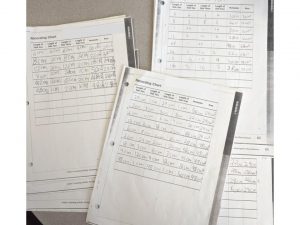
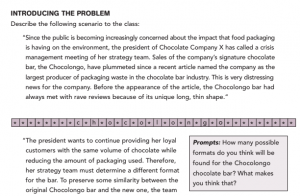
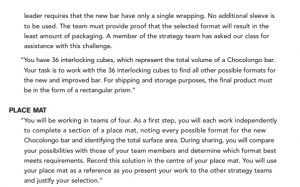
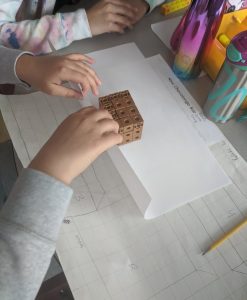
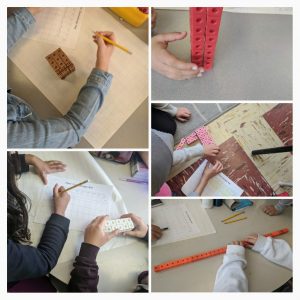

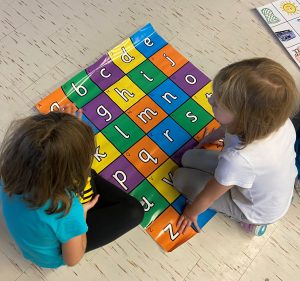
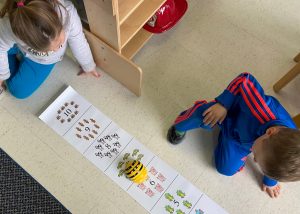
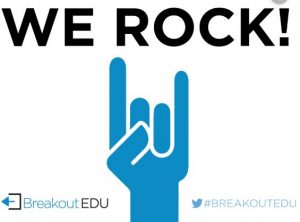
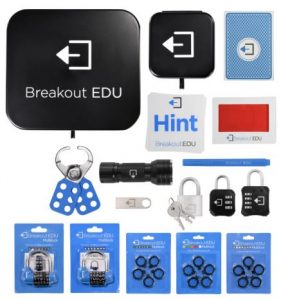 https://www.breakoutedu.com/
https://www.breakoutedu.com/